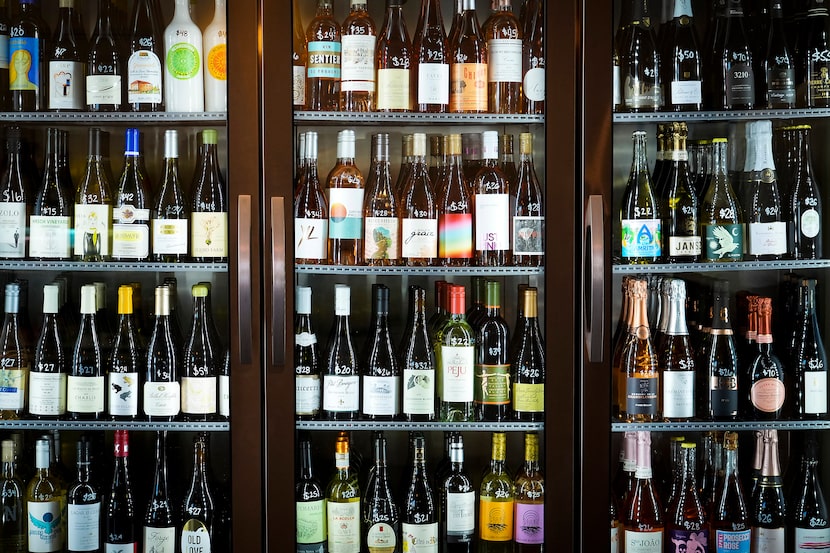Understanding Wine Reviews with AI
Imagine standing in the wine aisle, holding a bottle and searching for reviews on your phone. The description sounds like a perfume ad: “gorgeous boysenberry, stained finish, exotic spice.” You nod, pretending to understand the language made up of fruit and furniture. You take a sip, and it tastes good. But which words told you that ahead of time — gorgeous, stained, or exotic?
If wine adjectives feel like riddles, you’re not alone. Whether you’re in the wine aisle or buying online, a few lyrical terms can tip a pricey decision. Wine reviews often read like insider dialect, decipherable only to the most seasoned wine enthusiasts, said Jing Cao, a professor of statistics at Southern Methodist University and fellow of the American Association of Wine Economists.
That disconnect is why Cao turned to a technique called sentiment analysis — using AI to bring clarity to the tasting-note chaos for everyday wine drinkers. In a paper published in the Harvard Data Science Review, Cao and her colleagues at SMU built an AI model that highlights specific words in a review that carry the positive or negative sentiment, the ones doing the persuading.
Sifting through the Emotions
As humans, we do sentiment analysis all the time: while reading a text or a social media post or during real-life conversations. We judge whether the language conveys an upbeat, flat, or ominous interaction. That intuitive read is sentiment analysis in miniature, Cao said.
“Nowadays, we live in a material world that’s very buying and selling,” Cao said. “I don’t think you will blindly purchase something — you look at the rating, you look at other customers’ reviews or feedback.” This process of mining others’ opinions to make informed decisions is sentiment analysis, Cao added. “It’s not a manual on how to use [a product] or how to drink it and what it tastes like. It’s to see how enthusiastic people feel about it.”
A Unitree G1 Edu humanoid robot capable of squatting, running, clapping, waving, and lifting light objects greets visitors at the New York Stock Exchange in New York on Friday, August 1, 2025.
Ted Shaffrey / AP
But enthusiasm, and its absence, are felt keenly in the wine aisle. Reviews speak in vivid, bold descriptors about the aroma, body, flavor, and finish that either beckon or warn off potential shoppers, said Carl Hudson, a certified wine specialist and educator with the Texas Wine Collective.
A 2017 study from the University of Adelaide in Australia found that evocative language not only influences which wine we buy but also shapes our emotions, nudging us to pay more for what we perceive as a more elaborate wine — and, in turn, to like the wine more when we finally sip it.
If words can steer wallets and palates, the obvious question is which words are doing the steering and how?
How AI Analyzes Wine Reviews
That question has long fascinated Cao, a self-described foodie interested in wine and consumer behavior. During the pandemic, with some grant funds left over, she and a few graduate students set out to answer that question.
A 2022 study published in the Journal of Wine Economics showed that AI can scan wine reviews from Wine Spectator, a well-known wine magazine, and reliably predict a critic’s score. Building on that idea, Cao and graduate student Chenyu Yang developed an AI system called an attention-based multiple instance model that analyzed over 140,000 Wine Spectator reviews written between 2005 and 2016.
If you imagine a wine review like a bag of grapes, the AI figures out which words are the grapes carrying the flavor, both individually and within a sentence.

Bottles of wine in a cooler at Neighborhood Cellar, a wine bar in Bishop Arts, on Thursday, Sept. 23, 2021, in Dallas.
Smiley N. Pool / Staff Photographer
Among the top positive sentiment words were ones anyone would expect: gorgeous, seductive, exquisite, velvet, sumptuous, and impeccable. Others weren’t — breed, soak, carpet, and fabric — but in wine-speak, they read as praise.
Some words the AI flagged as negative sound otherwise positive in everyday speech: picnic, watermelon, decent, or breezy. Hudson said such words aren’t desirable qualities, often signaling simplicity rather than depth. Picnic, for instance, suggests a white wine pleasant enough but short on elegance or character, he added.
Sentiment beyond Wine
Compared with other sentiment-analysis models — like Google’s BERT, which was developed in 2018 and reads words in both directions to capture context — Cao and Yang’s model hit 89.26% accuracy on the two-class test, edging past BERT’s 89.12%.
Impressive


